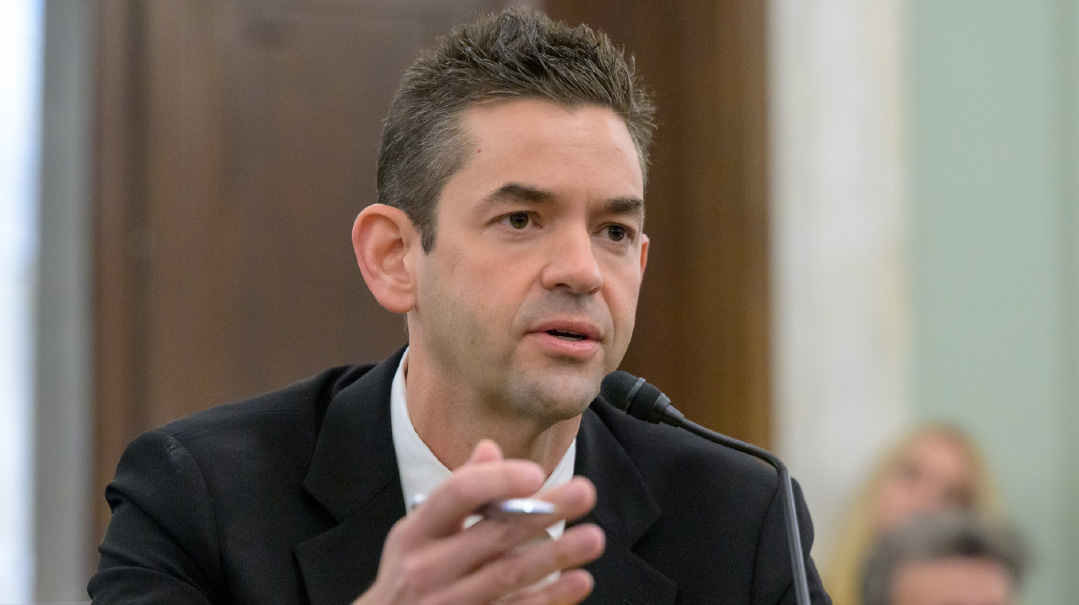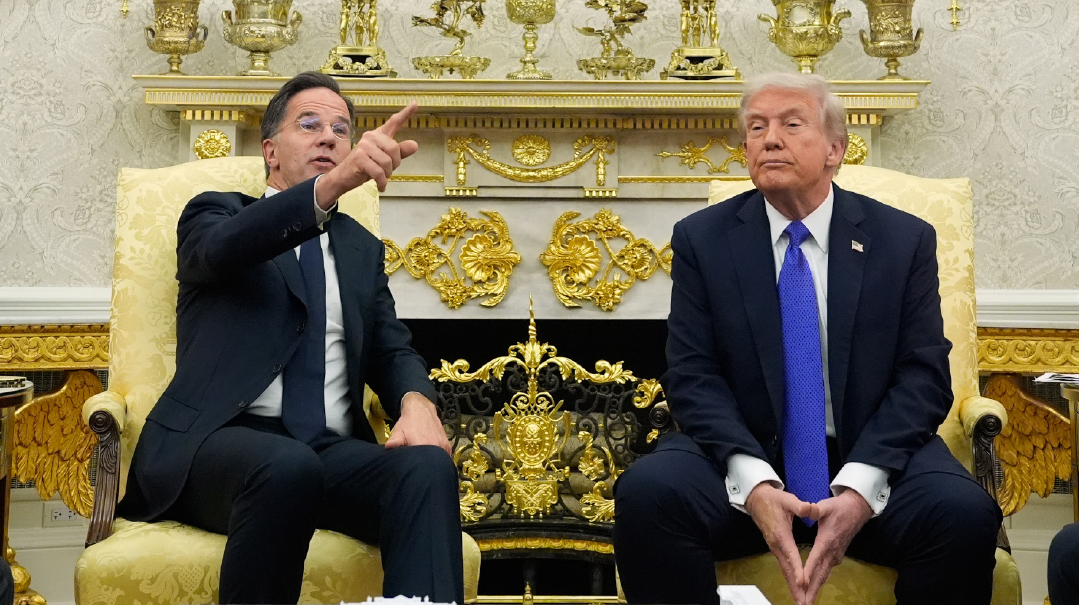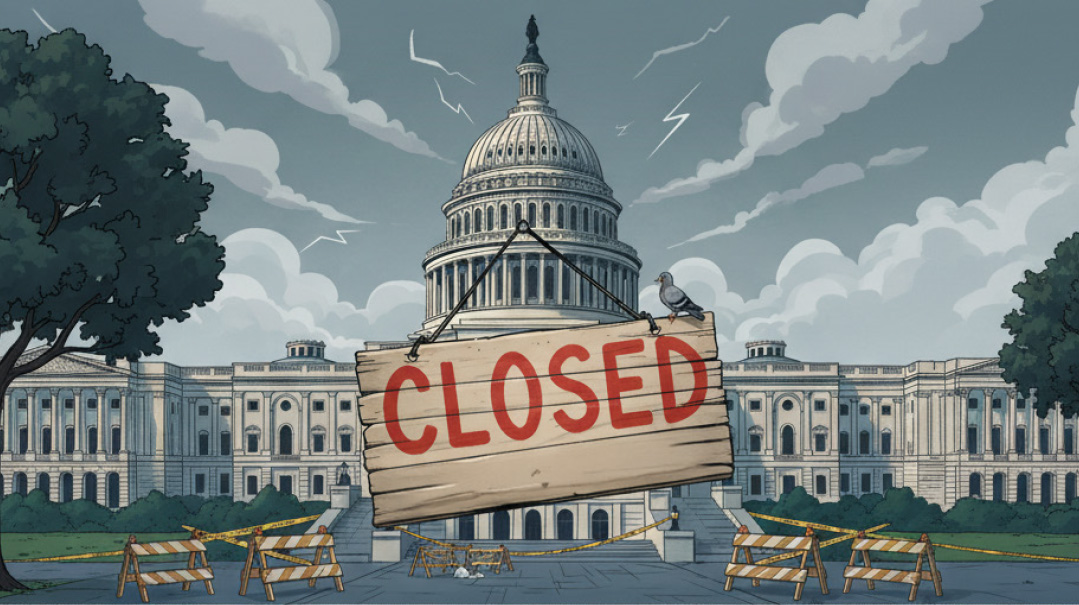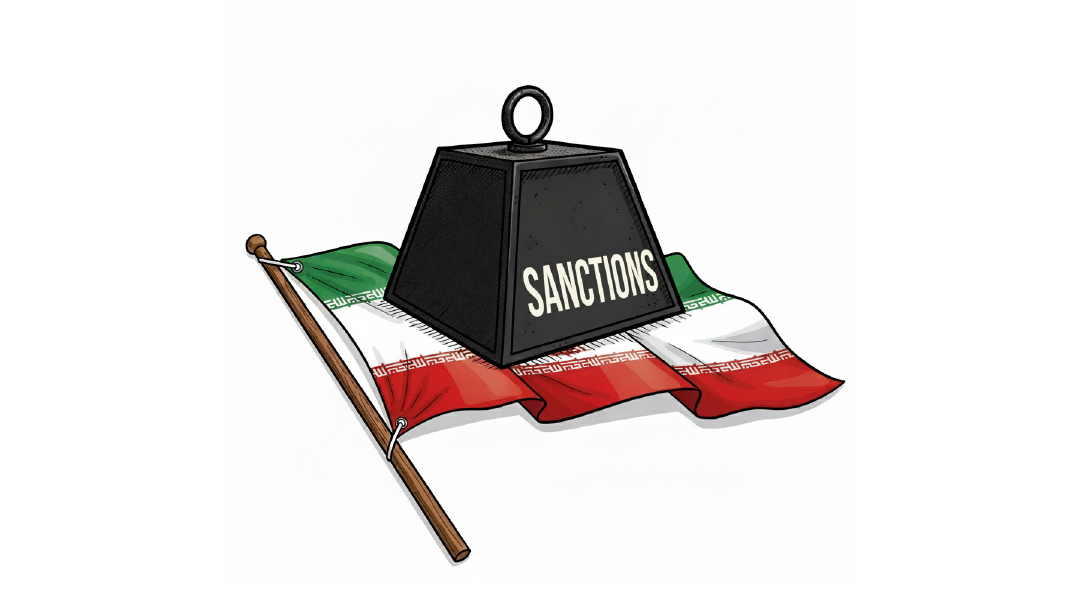Gaza, Inc.
| February 11, 2025The approach is more than merely unconventional; it’s deliberately disruptive

Photo: Yavuz Atalay
What surprised me the most about Trump’s proposal for Gaza’s relocation wasn’t the plan itself. It was how shocked everyone — from the White House to the pundit class — pretended to be. You would have thought he was suggesting the relocation of Manhattan to Montana, or something.
But I was certain I’d heard this floated before. (Trump’s Gaza proposal, I mean, not the relocation of Manhattan to Montana.) It wasn’t from the White House officials (who seemed the most shocked of all); and it wasn’t anyone I spoke to in Trump’s inner circle either (though they might as well have been in his outer circle).
Turns out, the most insane news cycle in DC’s history wasn’t the result of some off-the-cuff Trumpism. The groundwork was laid last summer, when Joseph Pelzman, a professor of economics at the George Washington University, penned a 48-page proposal that lays out this very vision in meticulous detail. It had been researched and structured, and was sitting in policy circles for months. The fact that the political elite and media acted like this was some lightning bolt from nowhere says more about their own lack of curiosity than it does about Trump’s unpredictability.
Which brings us to the real question: Decades deep into the rinse-and-repeat diplomacy, where nothing changes but the date on the press releases, why would a plan that actually breaks the cycle cause such a media-manufactured meltdown?
For the better part of a century, world leaders have been cycling through the same tired script on Gaza: war, outrage, ceasefire, repeat. Humanitarian groups issue urgent pleas, politicians deliver solemn speeches, and the UN drafts yet another resolution destined for irrelevance. But suppose, instead of another round of diplomatic busywork, someone treated Gaza like a failing business in need of a hostile takeover?
Enter Professor Pelzman, who pitched a radical plan to the Trump team in July 2024 (because apparently, the Biden folks were too busy trying to figure out how inflation is still “transitory”), one that would see Gaza handed over to foreign investors, stripped of its dysfunctional governance, and rebuilt from the ground up like a debt-ridden corporation under new management.
The approach is more than merely unconventional; it’s deliberately disruptive. The premise? Gaza isn’t just war-torn, it’s economically bankrupt. Hamas has run the place into the ground, leaving the world with two options: keep pumping billions into an endless cycle of destruction and reconstruction, or bringing in new management.
The plan hinges on a build-operate-transfer (BOT) model, which is basically a long-term lease agreement for infrastructure. A private company builds something expensive, profits off it for decades, and then hands it over to the government when the cash flow slows down.
Think of it like Elon Musk colonizing Mars. SpaceX foots the bill to build the first settlement, charges billions for interplanetary real estate and tourism, and only after making a fortune, it lets some future government take over when maintenance costs outstrip the profits. The underlying principle? If it costs money to build, someone’s probably figured out how to milk it for 50 years before dumping it on the public.
Same here. International investors would take over for 50 years, funding the strip’s total transformation into a self-sustaining economy before handing it back to local rule. That means no Palestinian sovereignty for five decades — a staggering proposition, but one that argues governance should be based on economic success, not political ideology.
Former US ambassador to Israel David Friedman is one of the plan’s most vocal supporters, calling it “brilliant, historic, and the only idea I have heard in 50 years that has a chance of bringing security, peace, and prosperity to this troubled region.”
This isn’t your standard UN-sanctioned roadmap. It’s a radical restructuring of a failed statelet, modeled more on how Singapore and Dubai were built and less on how past peace efforts have crumbled.
Jared Kushner hinted at this vision as early as February 2024, when he suggested Gaza’s “waterfront property” had enormous economic potential if only people stopped firing rockets long enough to develop it. Under the BOT plan, Gaza wouldn’t be just rebuilt. It would be reinvented as a Middle Eastern tech hub, tourist destination, and agricultural powerhouse.
But before the grand reopening of Gaza Inc., there’s the small matter of clearing out the mess. And by mess, we mean everything: the rubble, the tunnels, the terrorists, and, quite possibly, a large portion of the population.
Steve Witkoff, Trump’s Special Envoy, went to Gaza recently and came back with a report that should have silenced every critic who insists that Gazans should “just go home” as soon as the bombing stops.
“If an American city suffered even one percent of the damage I saw in Gaza, no one would be allowed back into their homes,” he cautioned White House reporters last week outside the West Wing entrance. “There are 30,000 unexploded munitions, buildings on the verge of collapse, and no working utilities — no water, electricity, or gas. We don’t even know what diseases might be spreading.”
The tunnels Hamas dug over the years have structurally weakened the land itself, meaning entire blocks may need to be excavated and rebuilt from scratch before anyone moves back in.
“The disposal effort alone will take three to five years before we can even examine what’s beneath the surface,” National Security Advisor Mike Waltz added.
This isn’t a weekend cleanup project; it’s a decade-long reconstruction effort.
So where do the people go in the meantime? That’s where Trump’s most controversial idea comes in: temporary relocation. The reaction? Global meltdown.
Every country that routinely declares its unwavering support for the Palestinian people suddenly slammed the door shut. Jordan and Egypt, usually first in line to criticize Israel, were adamant that they would take in zero displaced Palestinians, not even on a temporary basis. European leaders who demand Israel protect civilians wanted no part in actually housing them. Quite ironically, the ones crying loudest about Palestinian suffering were the ones least willing to make any sacrifices to help them.
None of this has deterred Trump, of course. His plan follows his classic negotiation strategy: Start with a maximalist offer (US takeover of Gaza). Let everyone lose their minds. Negotiate down to something that still changes the game.
His real estate mogul instincts are all over this proposal. While past administrations have treated Gaza as a political nightmare, Trump sees distressed property waiting for redevelopment. Solar farms, luxury resorts, international tech firms, a high-speed rail system — this isn’t nation-building in the traditional sense. It’s a for-profit, investor-driven startup city, where governance about efficiency, not ideology. And unlike previous reconstruction plans that rely on endless foreign aid, this one expects investors to put up the money themselves — because they’ll eventually see a return.
And yet, despite the immediate outcry from global leaders, the logic is hard to ignore. Gaza is, in the words of Witkoff, “completely uninhabitable” after years of war. The idea that its residents can just return, modify their tarps, and carry on as if nothing happened is pure fantasy. At some point, the world will have to decide whether it actually wants to fix Gaza or just keep using it as a prop in a perpetual political grievance pyramid scheme.
Here’s the troublesome truth that terrifies the keffiyeh-clad keyboard crusaders, tantrum-triggered TikTok tykes, and incoherent intifada influencers: It just might work.
A Gaza that runs on solar power instead of rocket factories, that exports high-tech products instead of campus-approved propaganda, and that operates under common law rather than militia rule would be a game-changer for the entire region. It wouldn’t be about symbolic statehood or diplomatic grandstanding — it would be about untapped potential and perceptible results. And that’s precisely what makes this proposal so disruptive. It doesn’t fit within the traditional peace-process framework, which has produced nothing but more war. Instead, it suggests an entirely new approach, one that forces the world to consider a difficult question:
Would you rather have a functional, prosperous Gaza under foreign governance — or another 50 years of rubble, blockades, and war? Trump, ever the dealmaker, is betting that once the outrage dies down, the answer will become unmistakably obvious.
“[President Trump] understands that this is, in a way, a real estate transaction, because Texas can transfer to the United States of America a value of well over five or six billion dollars’ worth of real assets on the ground, that Texas put in place, that will continue to secure the United States for decades to come…. Texas is seeking reimbursement of about $11 billion of costs incurred over the past four years because of the unprecedented illegal crossings that took place. We’ve already finished 56 miles of border wall, we have under construction another 18 miles of border wall…. Those are real tangible real estate assets for the federal government.”
—Governor Greg Abbott, outside the West Wing entrance, after a meeting with President Trump and House Speaker Mike Johnson
Governor Abbott is making a calculated push to secure $11 billion in federal reimbursement for Texas border security efforts by framing it as a real estate transaction — a language Trump understands.
First, Abbott presents his state’s border wall as a federal asset, arguing it’s something the US would’ve funded anyway. By making it a business deal, he appeals to Trump’s transactional instincts. Next, he positions Texas’s efforts as a continuation of Trump’s policies, ensuring that in the future, the Trump administration can seamlessly take over and claim credit. Finally, Abbott blames Biden’s policies for Texas’ financial burden, not just as a political play but to increase his odds that Trump will support the full $11 billion in reimbursement.
(Originally featured in Mishpacha, Issue 1049)
Oops! We could not locate your form.







